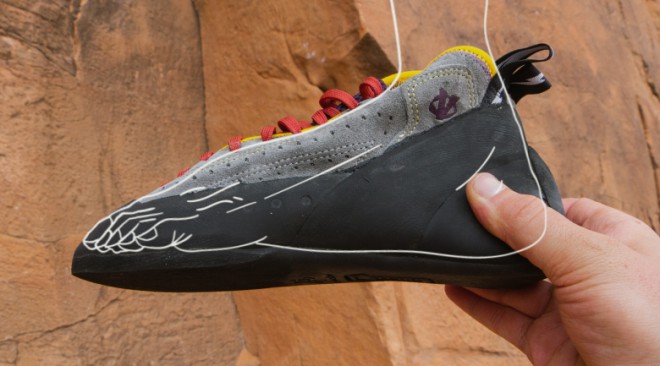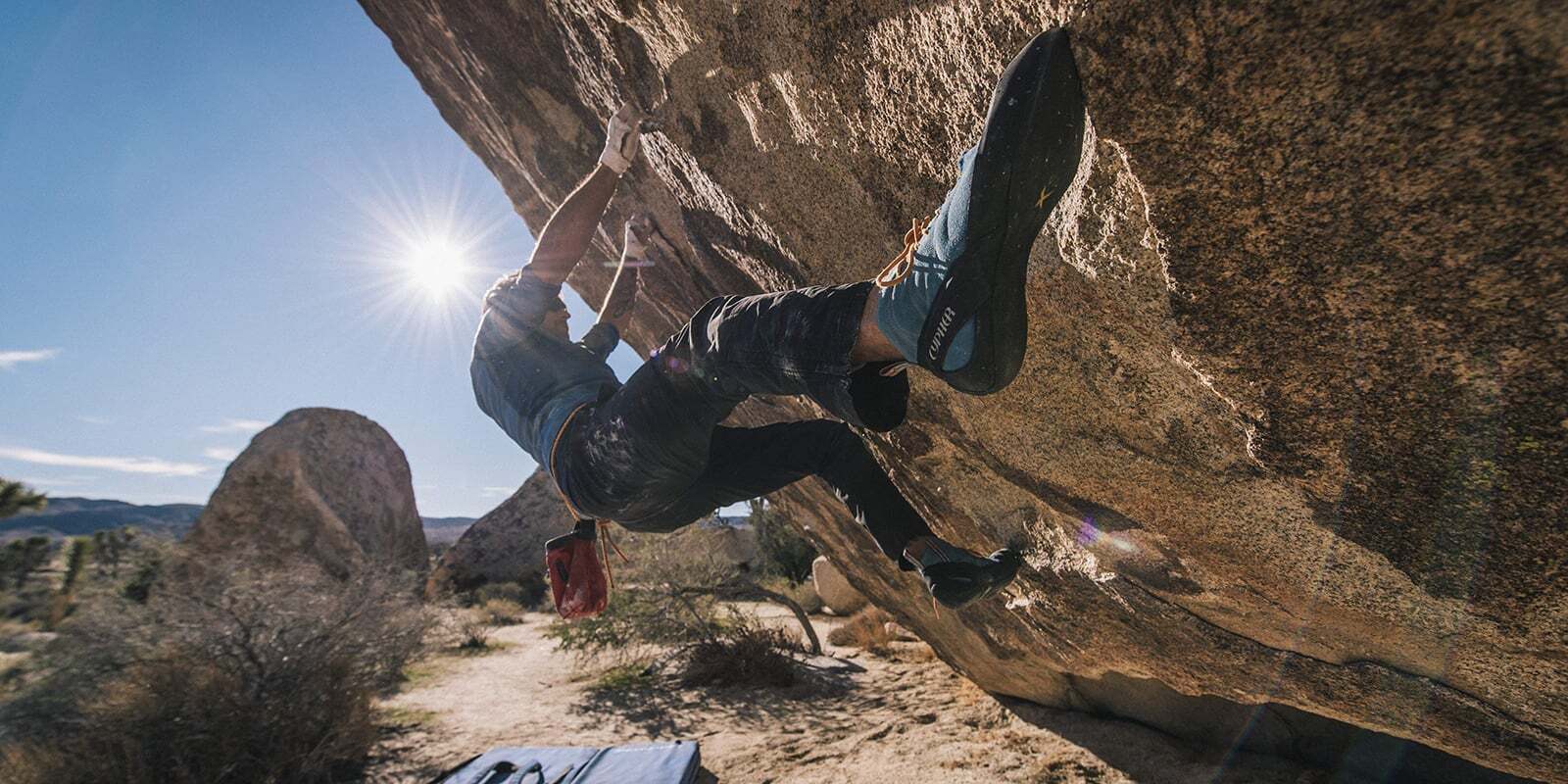A Comprehensive Guide to Selecting the Perfect Climbing Shoes for Your Next Adventure
Climbing is an adventure that requires not just physical prowess but also the right gear. Among all the equipment, the choice of climbing shoes is crucial for a climber’s performance and safety. The right pair of shoes can enhance your grip and precision on the rock. So, how do you choose climbing shoes that will elevate your climbing experience? Let’s delve into the nuances of selecting the perfect pair.

Understanding Climbing Shoe Types
The first step in choosing the right climbing shoes is understanding the different types available. According to Wikipedia, there are several categories, including approach shoes, rock shoes, and mountaineering boots. Each type is designed for specific climbing conditions and styles. For instance, rock shoes are ideal for indoor climbing and bouldering due to their precision and sensitivity, while approach shoes are versatile for both hiking and climbing.
The Importance of Fit and Comfort
Comfort is paramount when selecting climbing shoes. As a climber, you want a snug fit that conforms to your foot without causing discomfort. A common mistake is choosing shoes that are too tight, which can lead to pain and decreased performance. On the other hand, shoes that are too loose can compromise your grip. A good rule of thumb is to try on shoes at the end of the day when your feet are at their largest.

Materials and Durability
The materials used in climbing shoes significantly affect their durability and performance. Rubber is the primary material for the soles due to its excellent grip. However, the upper part of the shoe can be made from various materials, including leather and synthetic fabrics. Leather tends to mold to the foot over time, offering a more personalized fit, while synthetic materials are lighter and quicker-drying. The choice between the two often comes down to personal preference and the type of climbing you engage in.
Climbing Shoe Specificity
Climbing shoes are not one-size-fits-all. The specificity of the shoe to the climbing discipline is essential. For example, if you’re into sport climbing, you might prefer shoes with downturned toes for better heel hooks and toe hooks. Conversely, for trad climbing, you might opt for shoes that offer more versatility and comfort for longer routes. Understanding your climbing preferences is key to choosing the right shoes.

Sizing and Sizing Up
How to choose climbing shoes also involves knowing when to size up. While a tight fit is common in climbing shoes to enhance performance, it’s essential to strike a balance. If the shoes are too tight, they can restrict blood flow and cause numbness in your toes. In such cases, consider sizing up to the next half size. Remember, the goal is to have a snug fit that doesn’t compromise your circulation or comfort.
Longevity and Maintenance
The longevity of your climbing shoes is not just about the materials but also how well you maintain them. Proper care includes cleaning the shoes after each use, airing them out to prevent odors, and using specific climbing shoe resins to maintain the grip. Investing time in maintenance will ensure your shoes last longer and perform better.

Final Thoughts
In conclusion, selecting the perfect climbing shoes is a combination of understanding the types, prioritizing fit and comfort, considering materials and durability, and recognizing the specificity of the shoes to your climbing discipline. Remember to size appropriately and maintain your shoes for optimal performance and longevity. By following these guidelines, you’re well on your way to finding the perfect climbing shoes for your next adventure.

